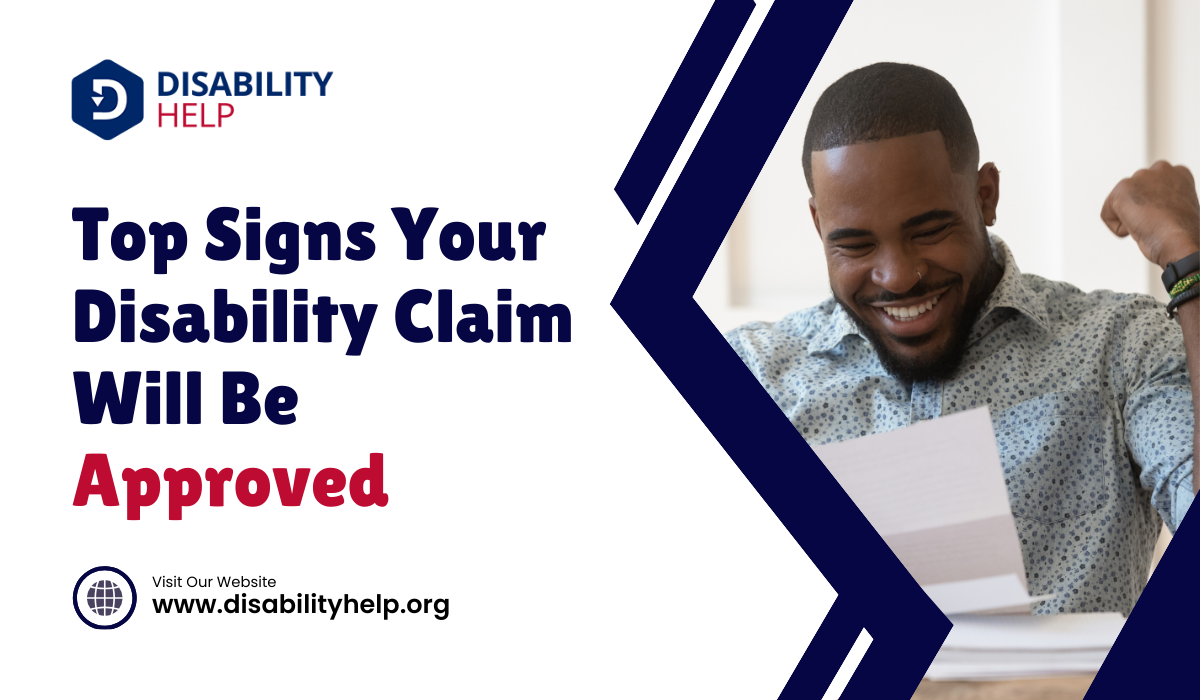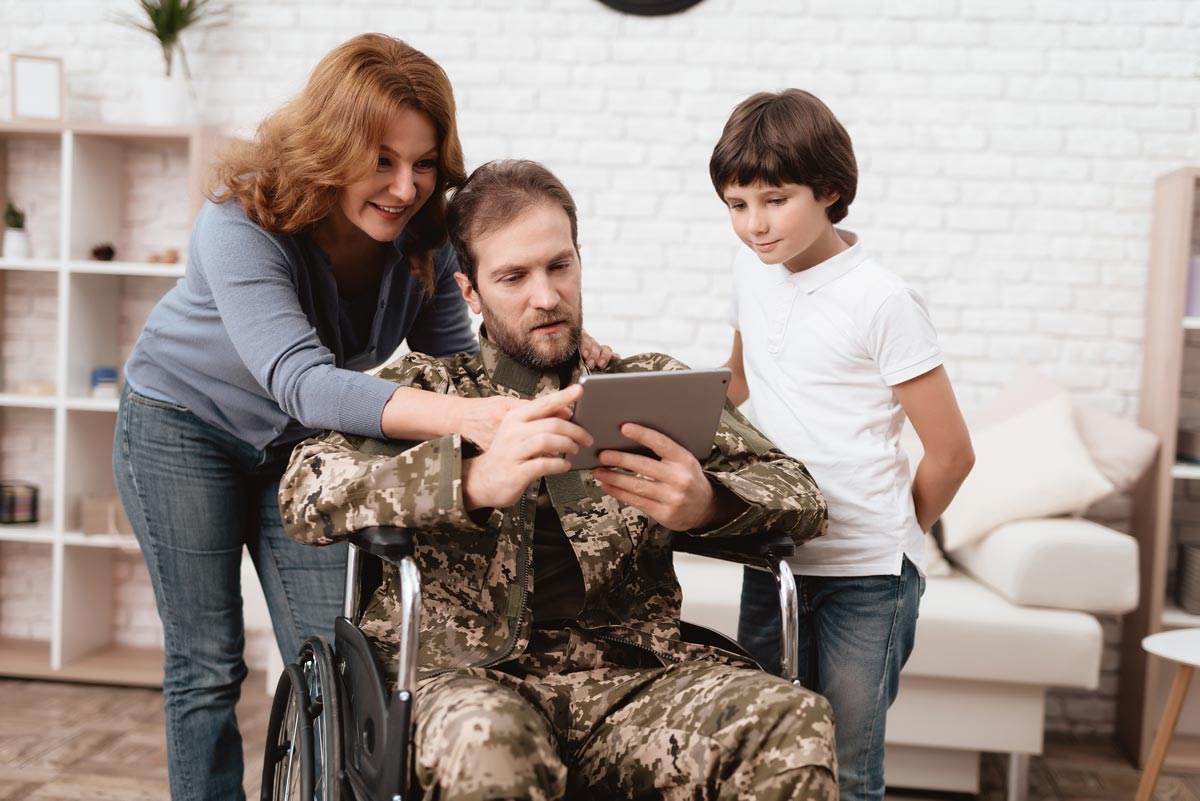As we explore the possibilities of government assistance for internet costs, many of us wonder if aid is available for those of us with disabilities. There certainly are programs designed to help bridge the digital divide, but understanding eligibility and application processes can be intimidating. Are there specific criteria we need to meet, and how can this support enhance our daily lives? Let's uncover the steps and opportunities available.
Key Takeaways
- The Lifeline Program offers monthly discounts on internet services for low-income or disabled individuals.
- The Affordable Connectivity Program provides discounts on monthly internet bills for eligible individuals, including those with disabilities.
- Eligibility often requires participation in federal assistance programs like MedicaidA U.S. government program that provides health coverage to eligible low-income individuals, includin... or SNAP.
- Proof of disability and income documentation may be necessary for government internet assistance.
- Local community networks and nonprofits may provide additional affordable internet options.
Understanding the Importance of Internet Accessibility for Disabled Individuals
Internet accessibilityThe design of products, devices, services, or environments to be usable by people with disabilities.... is crucial for disabled individuals because it opens doors to opportunities and fosters independence. It allows us to connect with others, access essential services, and engage in educational and employment pursuits.
When we can easily navigate online spaces, we contribute to our communities and lead fulfilling lives. The internet provides tools and resources that enhance our day-to-day experiences, making tasks that may otherwise be challenging more manageable.
Moreover, having reliable internet access empowers us to advocate for our needs and rights more effectively. We can stay informed about issues affecting us and participate in discussions that drive change.
Exploring Government Programs for Internet Assistance

Let's explore how government programs like the Lifeline Program can make internet more accessible for disabled individuals.
We'll look into eligibility requirements and how these initiatives offer affordable connectivity options.
Lifeline Program Eligibility
How can we guarantee that everyone, regardless of their financial situation, stays connected in today's digital age? One valuable resource is the Lifeline Program, designed to help low-income households afford essential telecommunications services.
To be eligible, we must meet certain criteria. If we're part of federal assistance programs like Medicaid, SNAP, or SSI, we likely qualify. Additionally, those with incomes at or below 135% of the federal poverty guidelines can apply.
We should gather necessary documents to prove our eligibility, such as program participation or income statements.
It's vital to remember that eligibility requirements might vary by state, so let's check local guidelines. By understanding these criteria, we can take the first step toward staying connected through the Lifeline Program.
Affordable Connectivity Options
Although staying connected is essential in our digital world, not everyone can afford reliable internet service.
Fortunately, there are government programs aimed at making the internet more accessible for those of us who need it most.
Let's explore some affordable connectivity options:
- Affordable Connectivity Program (ACP): This program offers discounts on monthly internet bills for eligible low-income households. It's a great way to ease the financial burden.
- Lifeline Program: Lifeline provides a monthly discount on phone or internet services, helping those with disabilities stay connected without breaking the bank.
- Community Networks: Some local governments offer free or low-cost internet through community networks, providing an alternative to traditional providers.
- Nonprofit Assistance: Certain nonprofits collaborate with ISPs to offer reduced-cost internet services to disabled individuals.
These options can help us stay connected affordably.
Eligibility Criteria for Receiving Internet Cost Support
Understanding the eligibility criteria for receiving internet cost support is essential for disabled individuals seeking assistance.
First, we need to verify if we meet the financial requirements set by programs offering this support. Typically, these programs look at our income levels, ensuring they're below specific thresholds. Additionally, participation in federal assistance programs, like Medicaid or Supplemental Security Income (SSI), often qualifies us automatically.
It's important that we've the necessary documentation ready to prove our financial status or program participation.
Next, we should check if our disability status is recognized by the program we're applying to. Some programs may require a formal certification or documentation from a healthcare provider.
How to Apply for Government Assistance for Internet Access
When we're ready to apply for government assistance for internet access, where do we start?
First, let's gather our required documents, such as proof of disability and income.
Next, we'll explore available programs like the Affordable Connectivity Program (ACP). This initiative helps qualified individuals by reducing internet costs.
Here's a simple step-by-step guide:
- Research Eligibility: Confirm our eligibility through the ACP website or other relevant resources.
- Collect Documents: Gather necessary documents like proof of income and disability status.
- Complete Application: Fill out the application form on the program's website or through a service provider.
- Submit & Follow-Up: Submit the application and promptly respond to any follow-up inquiries.
The Role of Non-Governmental Organizations in Supporting Internet Access

While government programs offer essential support for internet access, non-governmental organizations (NGOs) play a crucial role in bridging the digital divide, especially for the disabled.
These NGOs often provide resources and innovative solutions that help us connect with the online world. They understand that internet access isn't just about browsing; it's about inclusionThe practice of creating environments in which any individual or group can be and feel welcomed, res..., education, and empowermentThe process of gaining control, authority, and power over one’s life, often used in the context of....
Some organizations partner with internet service providers to offer discounted rates or even free access to individuals with disabilities. Others focus on providing adaptive technology, ensuring that everyone can effectively use the internet.
Impact of Internet Access Support on the Lives of Disabled Individuals
As we explore the impact of internet access support on the lives of disabled individuals, it becomes clear how transformative these resources can be.
They provide opportunities that might otherwise remain out of reach.
Let's consider a few key benefits:
- Enhanced Communication: Staying connected with loved ones and support networks is easier and more frequent.
- Access to Education: Online courses and resources offer paths for learning and skill-building.
- Employment Opportunities: Remote work becomes accessible, opening doors to job markets previously unavailable.
- Healthcare Access: TelemedicineThe use of technology to provide medical care and consultation remotely, increasing access to health... allows for medical consultations and follow-ups from the comfort of home.
Conclusion
To summarize, we can all agree that internet access is essential for enhancing the quality of life for disabled individuals. Fortunately, government programs like Lifeline and the Affordable Connectivity Program offer much-needed support. By understanding the eligibility criteria and application process, we can take steps to connect those who need it most. Let's not forget the important role non-governmental organizations play in bridging the digital divide, ensuring everyone has the opportunity to stay connected and thrive.






